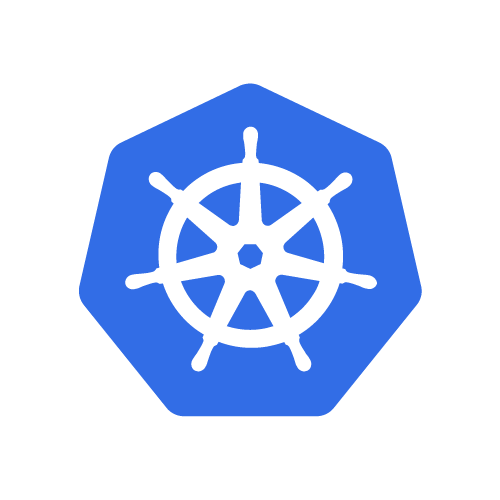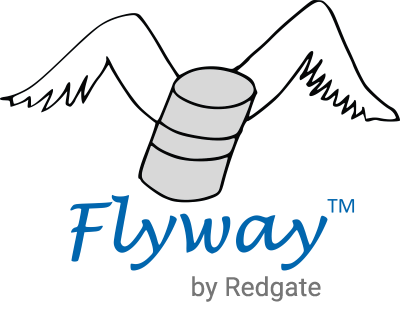This website uses cookies so that we can provide you with the best user experience possible. Cookie information is stored in your browser and performs functions such as recognising you when you return to our website and helping our team to understand which sections of the website you find most interesting and useful.
Do you want to…
- Prepare for scaling to global reach?
- Help your DevOps team test work done in feature branches before integration?
- Monitor and spot errors propagating between services?
- Simplify setting up and scaling development, staging or production environment?
- Release new versions faster?
- Lower time spent on server maintenance and monitoring?
- Lower software erosion cost and focus?
Benefits
Less time spent on maintaining infrastructure and development environment.
Releases can take place more often, because the build and deployment process is easy.
Better scalability allows adding new containerized app instances.
Allows the further Continuous Delivery approach, because deployment is no longer a problem.
Dev-Prod environment parity – something that will work on dev environment will also work on production.
Easier start for new DevOps team members.
DevOps team satisfaction grows.
As an added benefit, end user satisfaction increases because software is more reliable and features are released more often.
Advanced monitoring, traceability, alerts and logs can be easily defined for containerized applications.
What is this?
Containerization simplifies defining, operating and monitoring a high number of services. A team can focus on defining services instead of managing traditional infrastructure. Moving between testing and production stages is easier. A defined container will behave the same way. Complexity is reduced.
Build-in scaling, and monitoring helps operation and maintenance.
Technologies






Implemented projects in
/ Projects we are proud of





